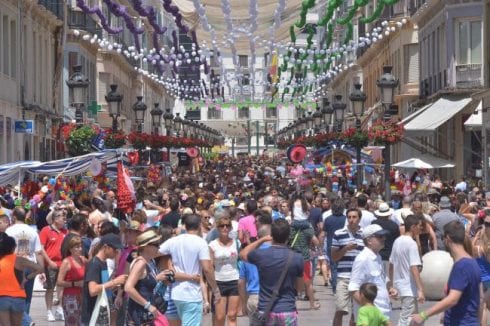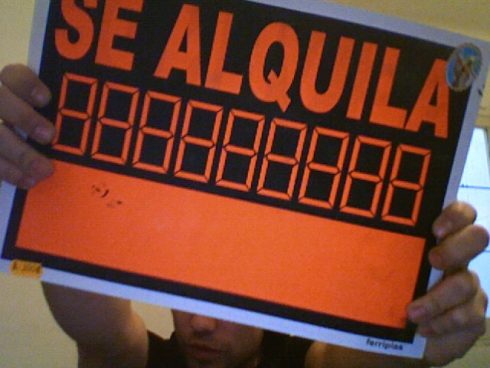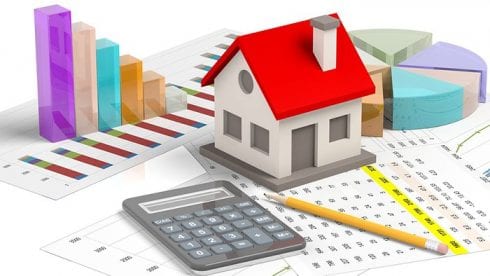 Find out about the costs you’ll have to cover before and after you find a buyer.
Find out about the costs you’ll have to cover before and after you find a buyer.
Although buyers are liable for the lion’s share of the costs that arise from property sales in Spain, vendors do have to pay taxes and a number of other costs, both prior to putting a home on the market and on completion. In this article, we’ll look at the costs you cannot avoid, while, in the next one, we’ll see what deductions may be applied to mitigate taxes.
The first thing is to get all your bills paid up to date. These include: municipal property tax (IBI); rubbish collection (basura), although, depending on where the property is, this may be included in the IBI; utilities; and, if the property is part of a community, community fees.
You also need an energy efficiency certificate (Certificado de Eficiencia Energética, CEE). This must be issued by a registered technician and rates emissions and energy use on a scale from A to G. If the property is occupied for less than four months a year, you don’t need a CEE, but do have to provide a written declaration. The average cost is €1.5/m2, but can work out cheaper per m2 for larger properties.
You now have everything you need to sell, so you may decide to work with an estate agent rather than go it alone. Most agents on the Costa del Sol, including Terra Meridiana, charge 5% of the final sale price, plus 21% VAT. This may be negotiable, but should cover all costs of marketing your property, including listing, viewings, visits, and everything else to help it sell. And make sure you only agree to pay a fee if the property sells.
Once the property does sell, sellers are required to pay their taxes within 30 days after the signature of the public title deed (escritura). These are levied in accordance with the period of time a property has been owned, how much it has gained in value during that time, your fiscal status and residence, and the total amount of income you earn during the taxable period when your property is sold.
The first is municipal capital gains tax (better known as plusvalía), which is paid to your local town council and calculated (based on the cadastral or rateable value) on the increase in the value of the land where the property stands.
As a general rule, the longer you own a property, the more you pay. If you are not resident in Spain, buyers are obliged to retain the tax due on your behalf to avoid becoming liable for payment themselves.
Spain’s Constitutional Court recently ruled the law regulating how plusvalía is calculated null and void, stipulating that the tax can only be applied when the seller makes a profit. Nevertheless, some town councils continue to try to collect the tax, so we recommend you challenge any demand, if that is your case.
The second is income tax (Impuesto sobre la Renta), paid to the Spanish Tax Agency and calculated on the difference between the price you paid (and costs arising from the purchase) and the sale price (less costs). If you’re resident in Spain, you pay income tax at a percentage that varies depending on your total earnings during the fiscal year.
If you are not resident, you pay a fixed rate of 19% of the taxable base if you reside in another European Union state and 24% if you are resident outside the EU. Again, buyers are required to retain 3% of the sale price on your behalf.
Finally, if your property was mortgaged and you plan to pay off the outstanding loan when it is sold, most banks in Spain will charge a small commission. This usually is less than 1% and may be negotiable.
To find out more about the in and outs of selling your property on the Costa del Sol, click here: http://www.terrameridiana.com/blog/1011-selling-procedure.html








